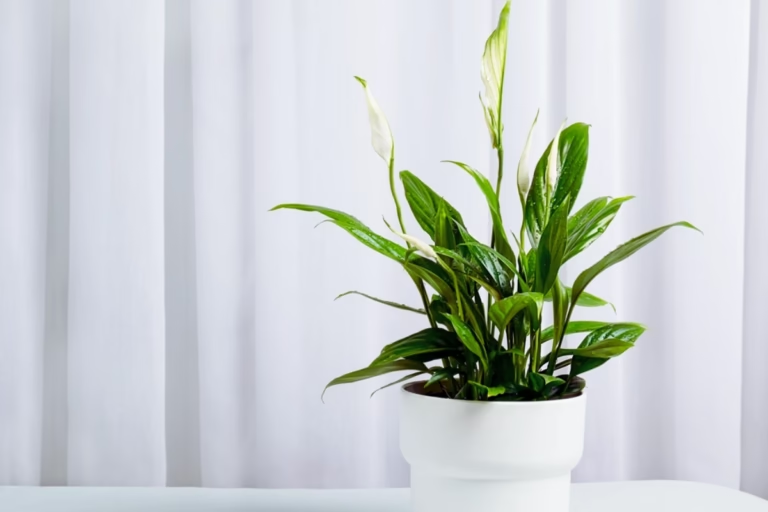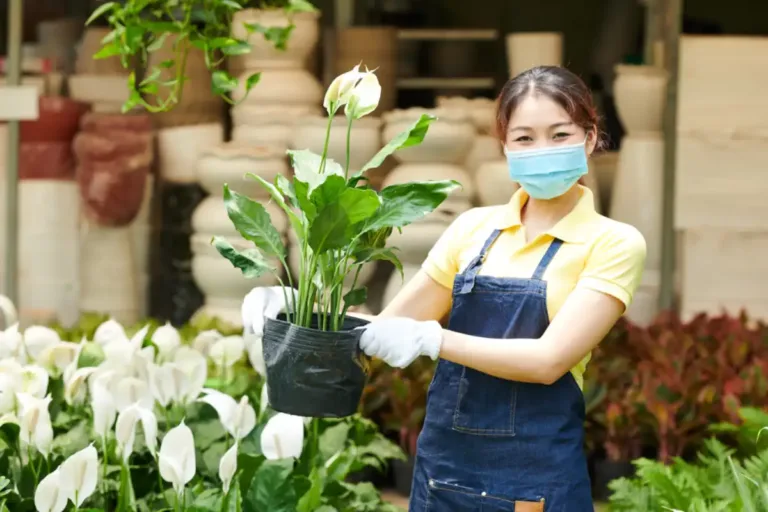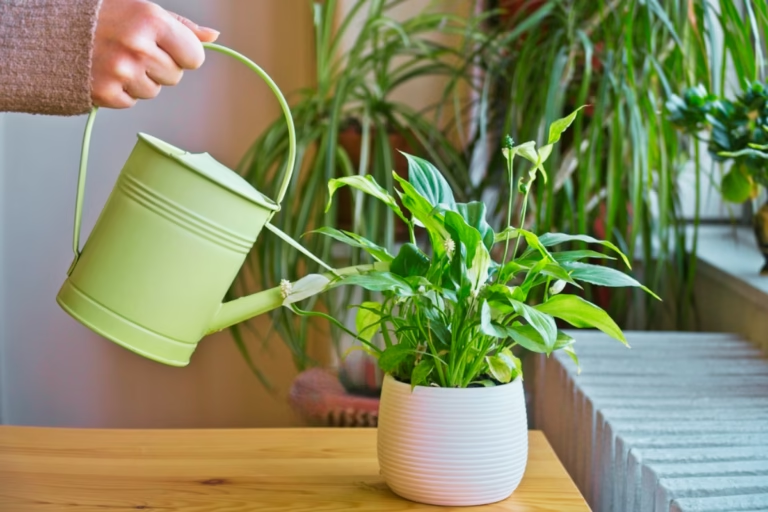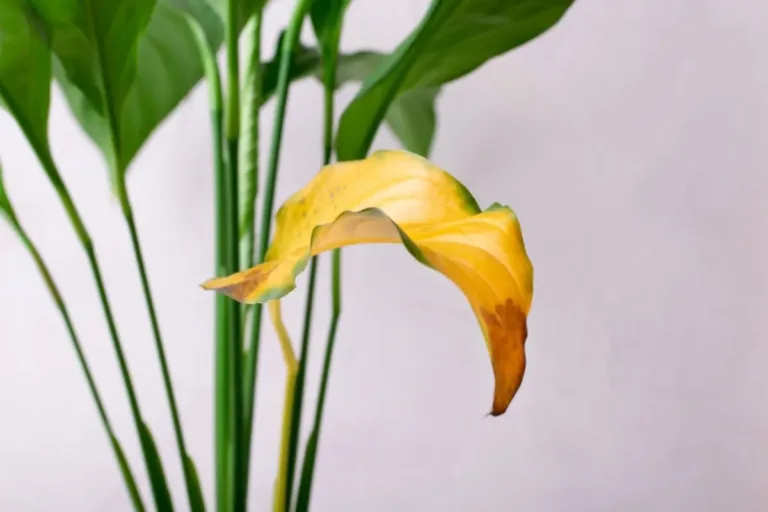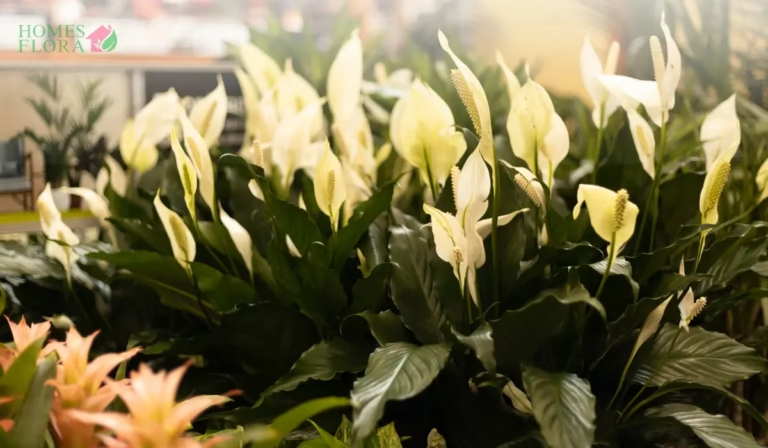Lifespan of Peace Lily | Complete Guide from Start to Bloom
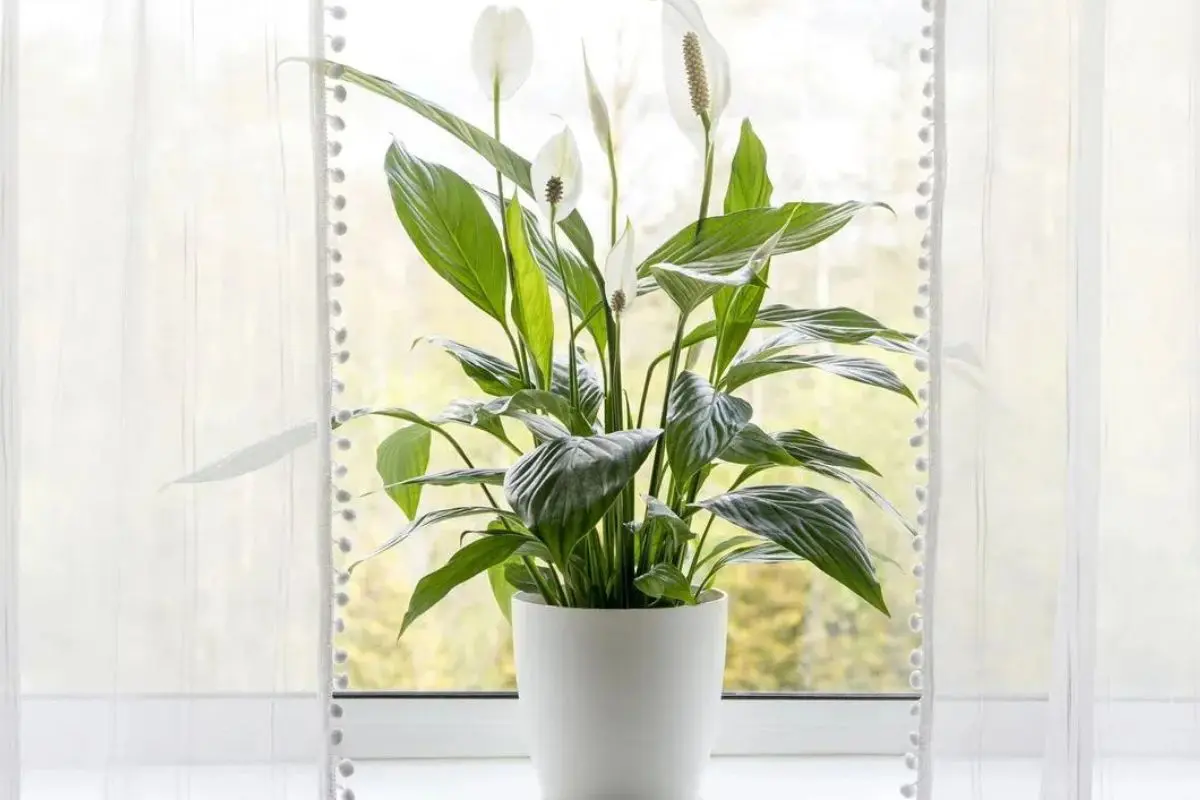
Is your peace lily dying early despite your best efforts? Do you need to know if you’re providing the right care, from proper watering to ideal sunlight? Or maybe your peace lily seems to be withering, and you’re wondering if there’s a way to save it and extend its lifespan? These are common issues faced by many peace lily lovers. This article will cover the related challenges with the lifespan, offering practical solutions to keep your peace lily healthy and flourishing for years.
Quick Answer
Peace Lily usually lasts 3 to 5 years, but with proper care, they can live over a decade. Some factors can help them live longer, while others may cause them to decline early—it’s all about how you take care of them.
Origin of the Peace Lily
The peace lily (Spathiphyllum) is a plant native to the tropical rainforests of Central and South America, first discovered in the 1870s. Its elegant white blooms have long been associated with tranquility and purity, which is exactly why Spathiphyllum is called Peace Lily. It thrives in the shaded, humid environments beneath the forest canopy in these regions.
Life Stages of Peace Lily
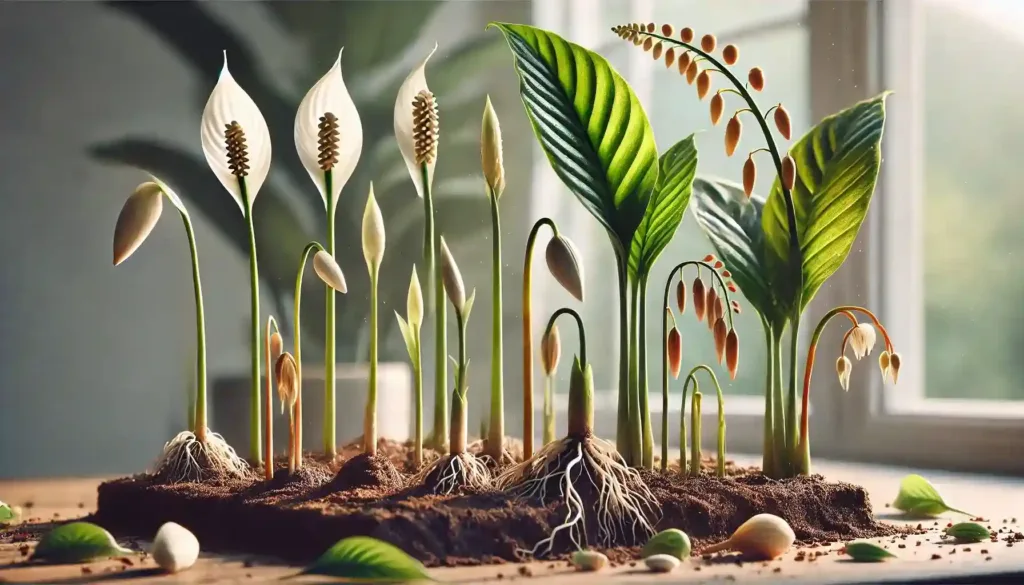
Seedling Stage
A Peace Lily often starts from seed but is usually propagated through division for quicker growth. During germination, roots develop to anchor the plant, followed by the emergence of first leaves, which kickstart photosynthesis and energy production.
Juvenile Stage
During this stage, the Peace Lily experiences extensive leaf growth, developing a fuller, bushier appearance. Its water and nutrient needs increase to support the expanding structure. However, the plant is still too young to produce flowers, focusing its energy on establishing a strong foundation for future blooms.
Mature Stage
Mature Peace Lilies produce iconic white flowers and enter regular blooming cycles, typically in spring and summer. Growth stabilizes, but they need consistent care—watering, feeding, and proper light—to stay healthy and vibrant.
Aging Stage
As the Peace Lily ages, its growth rate slows, and fewer new leaves appear. Flowering becomes less frequent, and signs of wear, such as yellowing leaves or brown tips, may indicate age or environmental stress. Proper care can still keep the plant healthy and vibrant.
Decline Stage
In its later years, the Peace Lily may experience leaf drop, with older leaves dying and falling off more frequently. Root and stem weakness can make it harder for the plant to absorb water and nutrients, leading to minimal or no blooming. This is an ideal time to propagate healthy portions of the plant, giving it a fresh start and ensuring its legacy continues.
How Long Does Peace Lily Live?
Peace Lilies, known for their resilience, and Spathiphyllum spirituality typically thrive for 3 to 5 years with proper care. They can live beyond a decade with attentive nurturing—like balanced watering, indirect light, and the right environment. Each plant’s lifespan depends on how well you respond to its needs. While they’re hardy, neglect can shorten their lives due to stress or disease. With mindful care, your Peace Lily can be a long-lasting companion, adding beauty to your home for many years.
Factors Affecting peace lily life expectancy
Light Exposure
Peace Lilies need indirect light to thrive. Too much direct sunlight can scorch the leaves, while too little light can stunt growth and reduce flowering.
Watering Habits
Overwatering can lead to root rot, while underwatering can cause wilting and dry leaves. Balanced watering helps maintain the plant’s health and extends its lifespan.
Soil Quality
Well-draining, nutrient-rich soil is essential for a healthy Peace Lily. Poor soil can hinder growth, cause nutrient deficiencies, and shorten the plant’s life.
Temperature and Humidity
Peace Lilies prefer warm temperatures and high humidity. Cold drafts or dry environments can stress the plant, making it more susceptible to diseases and shortening its lifespan.
Pest and Disease Control
Pest infestations or fungal diseases can weaken the Peace Lily and reduce its overall health, significantly impacting its lifespan if not addressed quickly.
Fertilization
Using the right amount of fertilizer promotes healthy growth. Over-fertilizing can cause nutrient burn while under-fertilizing can result in slow growth and fewer flowers.
Pot Size
An overcrowded pot can restrict root growth and reduce the plant’s vitality. Repotting when necessary ensures that the Peace Lily has enough space to grow, prolonging its life.
Signs Your Peace Lily is Aging

Yellowing Leaves
As Peace Lilies age, you may notice the leaves turning yellow. While this is a natural part of the aging process, it can also indicate other issues, such as overwatering or nutrient deficiencies. If you’re wondering why my Peace Lily leaves turn yellow, exploring these potential causes is essential to keep your plant healthy.
Fewer Blooms
An ageing Peace Lily will produce fewer flowers over time. While it may bloom occasionally, the frequency and number of blooms will decrease as the plant matures.
Slower Growth
Older Peace Lilies grow more slowly, with fewer new leaves emerging. This reduced growth is a sign the plant is nearing the end of its lifespan.
Drooping Leaves
Even with proper watering, older Peace Lilies may droop more frequently. This can signify weakened roots or the plant’s natural decline.
Brown Leaf Tips
The tips of the leaves may begin to brown as the Peace Lily ages, often due to environmental stress or the natural ageing process.
Common Problems That Shorten Peace Lily Lifespan
Overwatering
Excessive watering leads to root rot, which weakens the plant’s ability to absorb nutrients. If not addressed, this condition can cause wilting and premature death.
Lack of Sunlight
Peace Lilies require bright, indirect light to thrive. Insufficient light stunts growth and reduces blooming. Plants kept in low-light conditions become weak and may not survive long.
Pest Infestations
Common pests like aphids, spider mites, and mealybugs can damage leaves and stems, stressing the plant and weakening its health. Untreated infestations can significantly reduce a Peace Lily’s lifespan.
Nutrient Deficiencies
Peace Lilies can suffer from stunted growth, yellowing leaves, and fewer blooms without proper fertilization. A lack of essential nutrients weakens the plant’s overall vitality and health.
Improper Potting
Being root-bound or left in poor-quality soil can restrict root development. This limitation leads to nutrient deficiencies and a reduced lifespan. Repotting as needed helps the plant thrive.
Temperature Stress
Peace Lilies thrive in temperatures between 65-80°F (18 and 27°C). Exposure to cold drafts or excessive heat weakens the plant, making it more prone to diseases and shortening its lifespan.
Low Humidity
Peace Lilies prefer humidity levels of 50% or higher. Prolonged exposure to dry air can cause leaf browning at the edges and weaken the plant, ultimately shortening its lifespan. Maintaining adequate humidity, especially in winter, is essential for their longevity.
7 Tips to Extend the Life of Your Spathiphyllum
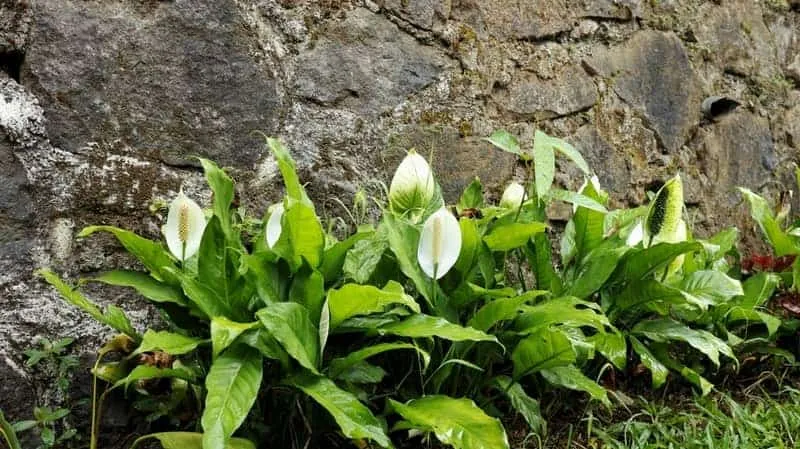
Proper Watering Techniques
Popular varieties of peace lily needs to be Water when the top inch of soil feels dry. Aim for consistent moisture, avoiding both overwatering and underwatering. Ideally, use room-temperature water to prevent shock.
Ideal Light Conditions
Place your Peace Lily in bright, indirect light. It is best to place it near a window with filtered sunlight. Avoid direct sunlight, which can scorch the leaves and stunt growth in low-light conditions.
Soil and Potting Tips
Use well-draining, nutrient-rich potting soil to support healthy growth. Repot every 1-2 years to refresh the soil and provide ample space for root development. A pot that is too small can hinder growth and vitality.
Humidity Levels
For optimal growth, maintain humidity levels of 50% or higher. Use a humidifier or pebble tray, or mist the leaves regularly to provide adequate moisture. Low humidity can lead to browning leaf tips and stress the plant.
Temperature Control
Keep your Peace Lily in a temperature range of 65-80°F (18-27°C). Avoid placing it near drafts, heaters, or air conditioners, as extreme temperature fluctuations can weaken the plant and reduce its lifespan.
Fertilization
Feed your Peace Lily with a balanced, water-soluble fertilizer every 4-6 weeks during the growing season (spring and summer). Avoid over-fertilizing, as this can cause a nutrient burn. Feeding is reduced in the fall and winter as the plant’s growth slows down.
Regular Maintenance
Check the leaves regularly for pests and disease signs and address issues promptly to prevent damage. Clean the leaves with a damp cloth to remove dust, which helps the plant breathe and photosynthesize effectively.
By following these guidelines, you can significantly extend the lifespan of this blooming plant and ensure it remains a vibrant part of your home for years to come.
How to Revive a Dying Peace Lily and Restore Its Greenery
Assess Watering Needs
Check the soil moisture level. If the soil is soggy, reduce watering to prevent root rot. If it’s too dry, thoroughly water the plant until excess water drains from the pot.
Improve Light Conditions
Evaluate the lighting situation. To encourage recovery, move the Peace Lily to a spot with bright, indirect light. Avoid direct sunlight, which can further stress the plant.
Inspect for Pests
Examine the leaves and stems for signs of pests, such as webs or sticky residue. If pests are present, treat the plant with insecticidal soap or neem oil to eliminate the infestation.
Prune Damaged Leaves
Remove any yellowing or dead leaves to redirect the plant’s energy toward healthy growth. Use clean scissors to prevent introducing pathogens.
Repot if Necessary
If the plant is root-bound or has poor soil quality, consider repotting it into fresh, well-draining soil. Choose a pot that is one size larger to provide adequate space for growth.
Adjust Humidity Levels
Increase humidity around the Peace Lily by using a humidifier, placing a pebble tray filled with water beneath the pot, or misting the leaves. Maintaining humidity levels of 50% or higher can aid recovery.
Monitor Temperature
Ensure the Peace Lily is kept in a temperature range of 65-80°F (18-27°C). Avoid exposing it to cold drafts or extreme heat, which can hinder its recovery.
A struggling Peace Lily can often be revived with patience and careful attention, allowing it to thrive again in your home.
Final Thoughts
Now that you know the complete life journey of the peace lily—from its origin to the stages of its life, factors that affect its lifespan, and even how to bring it back from the brink of dying—you’re fully equipped to care for this beautiful plant. We’ve covered everything from everyday issues that could shorten its life to when to repot it and how to keep it thriving for years. We hope all your questions and confusion have been cleared up and you’ve gained some new knowledge. With proper Peace lily care, it can flourish for a long time!
Frequently Asked Questions (FAQs)
.

